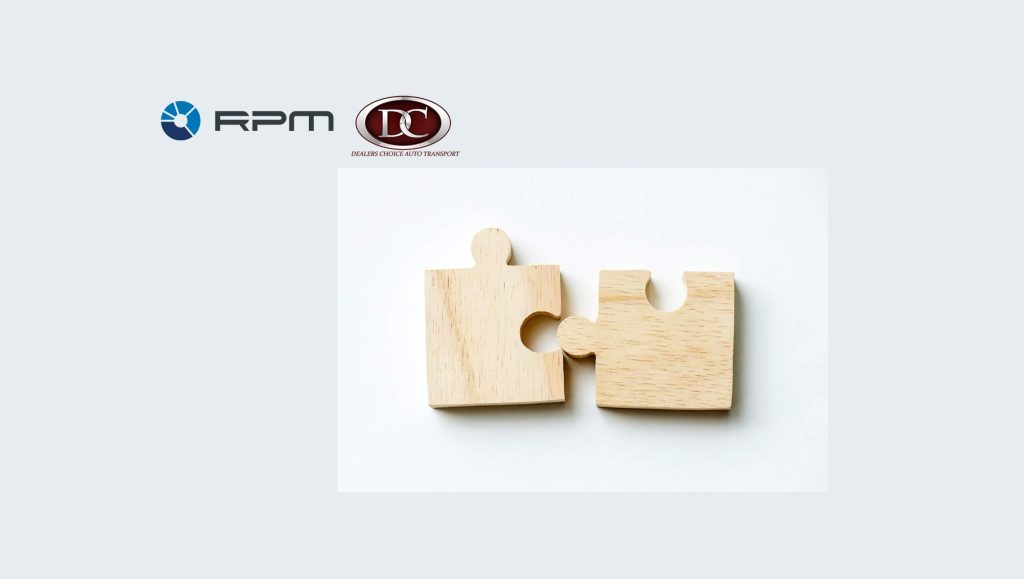-
Consumers’ definition of quality is often at odds with their reason for purchasing
-
New post-pandemic shopping behaviors show that price is not the #1 purchase driver across categories from food to clothing
-
19% of consumers say they look for the highest quality product (but quality is subjective)
-
33% of consumers say they look for the lowest price product (but price is relative)
Today global management consulting firm Kearney’s consumer think-tank, the Kearney Consumer Institute (KCI), releases its Q3 2022 Briefing on Quality (I can’t get no) Satisfaction: The death of price/value and dissection of quality. The report looks into consumers’ definition of quality and how it varies across categories and depending on the circumstance.
“When we talk about quality, we tend to objectify what are ultimately subjective standards,” said the report’s author Katie Thomas, who leads the Kearney Consumer Institute. “The traditional price/value equation is based on a mix of performance, durability, consumer perception. But even within those terms, there are widely variant definitions.
“I became interested in exploring the topic of scarcity from a consumer point of view when I’d asked a food brand to name the main selling point of their product,” added Thomas. “When they came back with three, namely taste, health, and convenience, I realized that the concept of ‘quality’ has become too diluted for most consumers.” So the KCI began exploring how consumers perceive quality and what they actually care most about.
Read More: LeadSquared Establishes Oceania Headquarters From Melbourne, Australia
The briefing addresses themes such as:
- How consumers’ ambiguous definition of quality has made price/value an impossible equation
- How quality calculations try to objectify what are subjective standards
- How even price is subjective—and is also not the quality consumers most care about in their purchase decisions, no matter what they say
- How consumers identify primary quality dimensions that supersede all others
The study reports on feedback from consumers, making the case that quality and price are contextual for each group, dependent on category and relative cost.
The biggest takeaway is that consumers identify 1–2 leading primary quality dimensions across categories that are most important. For food, taste wins out. For clothes such as jeans, it comes down to fit and comfort. The brief shows how brands can improve focus on the primary quality, understand the expectations within that quality, and then determine broader thresholds and trade-offs with other qualities.
It can also come down to messaging. “Confusion over a product touting seemingly every benefit, and not enough clarity on the primary one, is what can make consumers walk away from a purchase. Brands can drill down to find that primary quality,” said Katie Thomas. “Also, though we’re living in a time of inflation, in our research we found that never once did price win as the primary quality.”
Read More: SalesTechStar Interview With Srikrishnan Ganesan, Co-founder and CEO of Rocketlane





















